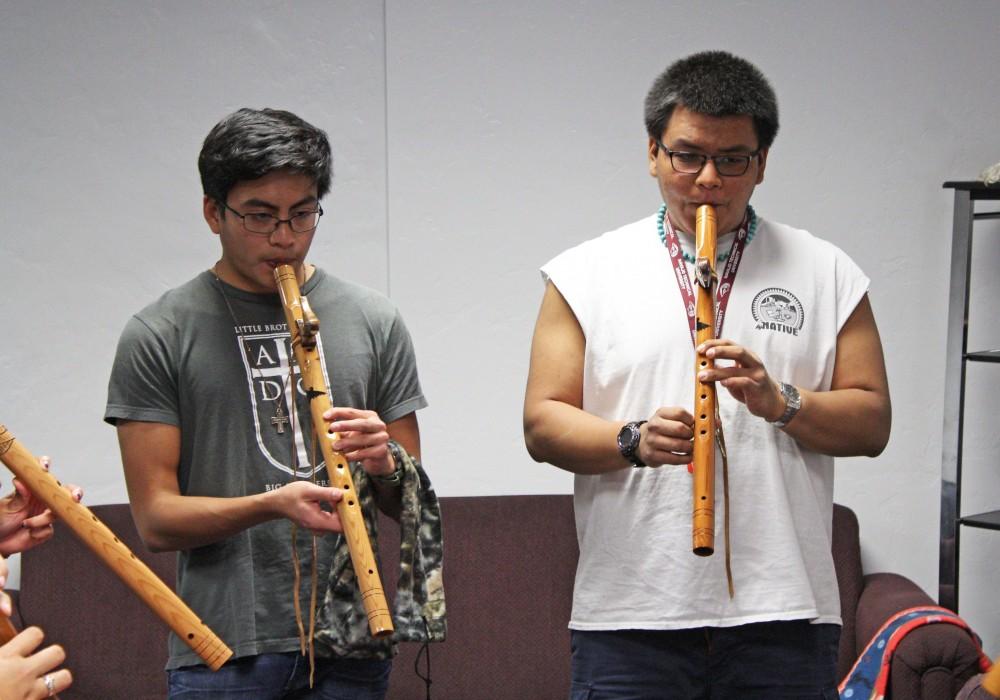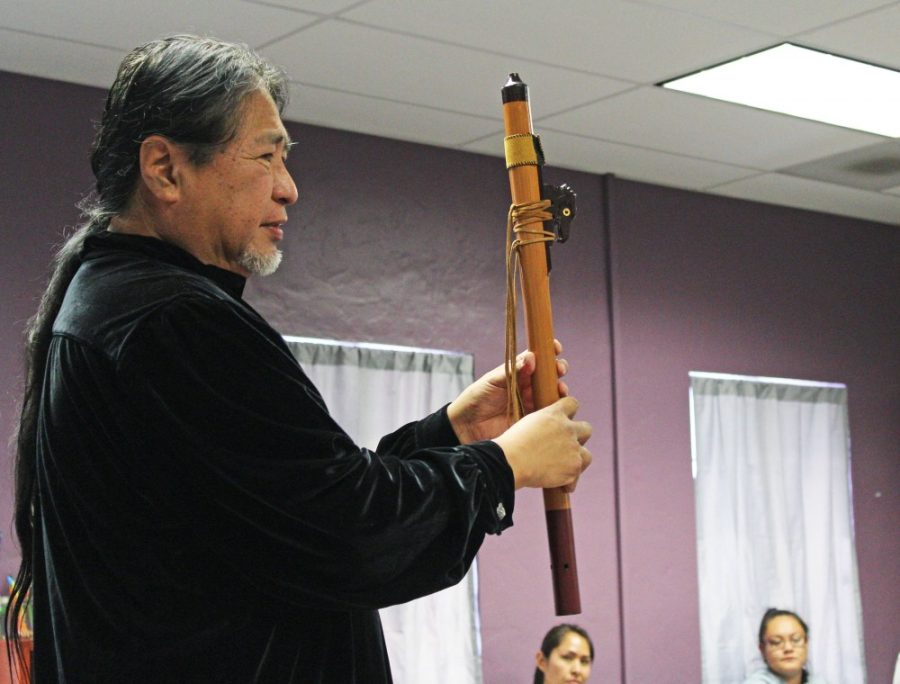This year, the Native American Student Affairs department at the University of Arizona is commemorating the month by remembering the roots of indigenous people and their history. In the United States, November is dedicated, on a national level, to the indigenous community.
“We are bringing faculty [and] community leaders, and we are having a real discussion on not giving up who you are, even when you come to college,” said Tiffany Sorrell, a graduate assistant who is part of NASA and a member of the Diné Tribe.
According to Sorrell, for a long time, native people have been told to assimilate and that if they want to be successful on campus they have to go with mainstream standards. However, “by talking to faculty members, they’re able to empower our students to keep their identity and thrive with it,” Sorrell said.
One event NASA held earlier this month was a Diné language and cultural program with Lyle Harvey, a Diné language coach. Harvey visited NASA and interacted with the students, singing songs and telling tales of the Diné people and their origin.
RELATED: Long-distance discovery: Tracing the origins of Turquoise in Arizona
Harvey said the connection between the native people and their native tongue is essential in terms of identity. In order to connect to one’s indigenous roots, one must learn the language and be conscious of the history.
“November is a month where we are reminded of our ancestors and our heritage, but why should it be just this month?” said senior Austin Velasquez, an Apache-affiliated criminal justice major. “It should be every day where we should remember our heritage and that we exist.”

According to faculty, something NASA would like to see more of is a conscious recognition of Native American people’s presence at the university, along with recognizing that the university is located on Tohono O’odham land.
“Words are powerful, really advocating for more support for indigenous people, and our communities, by incorporating acknowledgement of the ancestral lands that the university is guest on would be a sign of support,” said NASA coordinator Rachelle Simpson of the Acoma Tribe.
Incorporating Indigenous People’s Day on the calendar, instead of Columbus Day, could be a way to recognize UA’s native population.
The city of Tucson, as well as Arizona State University, have recognized this and changed their calendars to Indigenous People’s Day, but the UA calendar hasn’t, Simpson said.
RELATED: Grant helps Navajo Nation combat resource scarcity with STEM
Other events in November that recognize the indigenous communities at the UA include Hopi Top Making on Nov. 17, the True Meaning of Thanksgiving Potluck event on Nov. 20, Native American Heritage Night at the UA women’s basketball game on Nov. 28 and a closing blessing on Nov. 30.
“Anyone is welcome to come to our events. No matter where you are from or what your heritage is, you can learn about different indigenous cultures,” Simpson said.
For more information, contact or visit NASA at the Nugent building on the UA campus, or check out its website.
Follow Victor Garcia on Twitter









